Salinity
Why is salt a problem?
Elevated levels of salt will stress plants and animals that have not adapted to it. In rivers, streams, and wetlands; fish, invertebrates, and plants will all be affected and some species may not be able to survive as salt levels increase. Elevated salt levels on land stress and kill trees and affects crops and pasture. Salinity can also cause infrastructure problems, reducing the service life of roads and buildings, which increases maintenance costs.
Salinity in Wimmera waterways
Across the region the water table does not need to rise far to put Wimmera waterways at risk from salinity. Deep pools in the Wimmera River and wetlands in the Natimuk Douglas Depression have always been impacted by salinity. However, land clearing has meant that groundwater levels have risen further, affecting more locations on the Wimmera River as well as other waterways such as wetlands near Edenhope.
What is Wimmera CMA doing about Salinity in the Wimmera?
Whilst issues around salinity will affect parts of the region on an ongoing basis, Wimmera CMA has undertaken revegetation to try to curb the rise of groundwater levels in some sub-catchments. Increasing stream flows helps improve water quality, although this will only address the symptoms of salinity rather than the causes. Apart from ongoing monitoring of groundwater levels, there have been a number of investigations into other actions such as groundwater pumping and saline pool aeration to find other feasible actions that, reduce the impact of salinity in priority areas.




